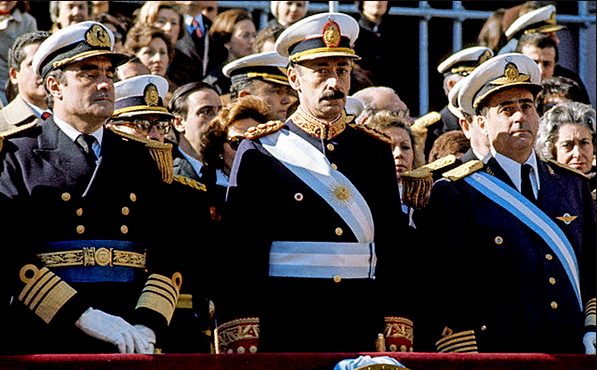Rebellious Daughters of History #45
by ,,Judy Cox

The Uprising of the 20,000
On November 23, 1909, more than twenty thousand Yiddish-speaking immigrants, mostly young women in their teens and early twenties, launched an eleven-week general strike in New York’s shirtwaist industry.
Workers shared common grievances about wages, hours, workplace safety, and workplace indignities suffered specifically by women such as unwanted sexual advances.
The young strikers faced opposition from the manufacturers, the police, and the courts. Bosses hired thugs to abuse strikers, policemen arrested them on trumped-up charges of assault and courts fined them and sentenced them to the workhouse.
Members of the Women’s Trade Union League monitored the picket lines and raised funds. The Forverts, the United Hebrew Trades, the Arbeter-ring (Workmen’s Circle), and the Socialist Party all provided support.
By November, Local 25 had no strike funds left but instead of giving in, Local 25’s fifteen-member executive committee (six of whom were women and all socialists) called for a general strike to shut down the shirtwaist industry.
On November 22, 1909 – thousands of young women packed into a hall to discuss the strike call. For two hours, they heard speakers urging caution. For two hours the leading figures of the American labour movement held forth.Then Clara Lemlich Shavelson demanded the floor. Speaking Yiddish, she electrified the crowd: “I am a working girl, one of those who are on strike against intolerable conditions…. I offer a resolution that a general strike be declared—now.” The crowd unanimously pledged support for the general strike.
The following morning, approximately fifteen thousand shirtwaist workers took to the streets. By evening, the number swelled to more than twenty thousand, 90 percent of whom were Jewish and 70 percent women.
Clara Lemlich suffered six broken ribs and was arrested a total of seventeen times. The strikers -malnourished and poorly clad—handed out leaflets, raised funds, distributed strike benefits and organised meetings.
The general strike was called off on February 15, 1910. The uprising achieved significant gains. Most workshops granted a fifty-two-hour week, at least four paid holidays, no discrimination against union loyalists, no charges for tools and materials and negotiation of wages.
By the end of the strike, 85 percent of all shirtwaist makers in New York had joined the ILGWU. Local 25, which began the strike with a hundred members, now counted ten thousand.
Inspired by the shirtwaist makers, sixty thousand cloak makers—men, this time—launched the Great Revolt in the summer of 1910. After five years of unrest, the “needle trades” emerged as one of the best organized in the United States.

Clara Lemlich (1886 – 1982)
Clara was born March 28, 1886, in the Ukrainian city of Gorodok, to a Jewish family. Clara wrote letters for illiterate neighbors to raise money for her books. A neighbour introduced her to revolutionary literature, Clara became a committed socialist. She immigrated to the United States with her family in 1903, following a pogrom in Kishinev.
Clara found a job in the garment industry in New York. She became involved in the International Ladies’ Garment Workers’ Union and was elected to the executive board of Local 25 of the ILGWU.
As noted above, she galvanised a strike meeting. Her electrifying speech is bolded below. After demanding to speak, she was lifted onto the platform, and she said:
‘I have listened to all the speakers, and I have no further patience for talk. I am a working girl, one of those striking against intolerable conditions. I am tired of listening to speakers who talk in generalities. What we are here for is to decide whether or not to strike. I make a motion that we go out in a general strike.’
The crowd voted for a general strike. Approximately 20,000 out of the 32,000 workers in the shirtwaist trade walked out in the next two days; the Uprising of the 20,000.
Clara spoke at rallies until she lost her voice and returned to the picket lines with six broken ribs after being beaten by police.
The strike lasted until February 10, 1910, producing union contracts at almost every shop.
Blacklisted from the industry, Clara devoted herself to the campaign for women’s suffrage.
Clara fell out with the middle class suffrage leaders and set up the Wage Earner’s Suffrage League.
Clara continued her suffrage activities for the Women’s Trade Union League. In 1914, Clara married Joe Shavelson in 1913. She had five children.
In 1926, she joined the Communist Party and began organising housewives in the east side.
Clara organised The United Council of Working Class Housewives which organised boycotts and stopped evictions and raised money and organised child care for strikers.
In 1929, Clara launched the United Council of Working Class Women, which had nearly fifty branches in New York City. The Council led a boycott of butcher shops to protest high meat prices in 1935, using flying pickets to close more than 4,000 butchers’ shops in New York City. The strike was based in the Jewish and African-American communities. The Councils were destroyed by the anti communist witch hunts of the early 1950s.
Clara then became active in the Emma Lazarus Federation of Jewish Women’s Clubs, protesting against nuclear weapons, and against the War in Vietnam, stopping evictions and forging alliances with Sojourners for Truth, an African-American women’s civil rights organization.
Lemlich remained an unwavering member of the Communist Party, denouncing the trial and execution of the Rosenbergs. Her passport was revoked after a trip to the Soviet Union in 1951.
She moved to California to be near her children in the 1960s, and entered the Jewish Home for the Aged in Los Angeles where she persuaded the management to join in the United Farm Workers boycotts of grapes and lettuce. She died at the home on July 12, 1982, at age ninety-six.
112Dimitra Kyrillou, Andrew Burgin and 110 others
24 comments
28 shares
LikeComment
Share



